Termin:
2021 10 14 - 2021 10 16
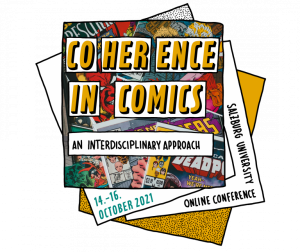 The ComFor web editorial team is back from its summer break with an announcement on its own behalf: the 16th annual conference of the German Society for Comics Studies (ComFor) will take place from 14-16 October 2021!
The ComFor web editorial team is back from its summer break with an announcement on its own behalf: the 16th annual conference of the German Society for Comics Studies (ComFor) will take place from 14-16 October 2021!
Announcement:
“The 16th Annual Conference of the German Society for Comics Studies (ComFor) approaches the topic “Coherence in Comics” from an interdisciplinary perspective. We seek to not only negotiate and explain meaning-making across panel borders and semiotic modes, but also across disciplines, seeking commonalities, shared interests and points of contact. […] We are looking forward to keynotes by Janina Wildfeuer, Assistant Professor in the Department of Communication and Information Studies at the University of Groningen, Barbara Postema, author of Narrative Structure in Comics: Making Sense of Fragments, and Charles Forceville, Associate Professor at the University of Amsterdam (Department of Media Studies). Apart from the conference’s central focus on coherence, ComFor aims to promote interdisciplinary cooperation and dialogue across all areas of comics research. The 16th Annual Conference will therefore continue the tradition of an open workshop format that allows researchers to present and gather feedback on various projects within comics studies, without any thematic restrictions. We are also excited to announce a comic reading (in German) by Vina Yun as part of this year’s program, arranged by the Austrian Comics Society (OeGeC – Österreichische Gesellschaft für Comic-Forschung und -Vermittlung).”
Registration:
The conference will be held online via WebEx; there is no conference fee; registration by email to comfor2021@sbg.ac.at is requested.
Organisators:
- Elisabeth Krieber (Universität Salzburg)
- Markus Oppolzer (Universität Salzburg)
- Hartmut Stöckl (Universität Salzburg)
Programme:
Thursday, 14 Oct., 2021
10:30 – 11:30 – Members’ Meeting of the Society for Comics Studies (ComFor) (in German)
11:30 – 13:00 – Lunch Break
13:00 – 13:15 – Conference Opening
13:15 – 14:15 – OPEN FORUM I
Mihaela Precup and Dragoș Manea – “The Overfamiliar Perpetrator: Hipster Hitler, Transcultural Memory, and the Banalisation of Genocide”
Pedro Réquio – “Revolutionary Comics/Revolutionary Politics: Portugal in the 1970’s”
14:15 – 14:45 – Break
14:45 – 15:45 – OPEN FORUM II
Ahlam Almohissen – “Multimodal Humour in Cartoons: Social Semiotic Perspective”
Xiaolan Wei – “Coherence Constructed through Comics and Spoken Language in Chinese College Students’ Five Minutes English Academic Speech”
15:45 – 16:15 – Break
16:15 – 17:30 – KEYNOTE Janina Wildfeuer
“Demystifying the Magic. A Multimodal Linguistic Approach to Coherence in Visual Narratives”
17:30– 18:00 – Break
18:00 – 19:00 – AWARD CEREMONY
Martin-Schüwer-Publication Prize 2021 for Excellence in Comic Studies
Friday, 15 Oct., 2021
09:00 – 10:30 – PANEL 1: FORMS AND AESTHETICS OF COHERENCE (Panel Chair: Stephan Packard)
Elisabeth El Refaie – “A Tripartite Classification of Visual Metaphor as a Basis for Studying Coherence in Comics”
Martin Foret – “‘Like a Speech’ or Searching for Coherence between Codes Used in Comics: The Interplay of Various Codes within the Specific Complex Code (or Better Meta-Code) of Comics”
Lukas R.A.Wilde – “Essayistic Comics: Non-narrative Coherence and Pictogrammatics with Schlogger, Sousanis, Barry”
10:30 – 11:00 – Break
11:00 – 12:30 – PANEL 2: COHESION IN COMICS: MULTIMODAL AND PRAGMATICIST APPROACHES (Panel Chair: Janina Wildfeuer)
Chiao-I Tseng – “Structures of Cohesion in Comics”
John Bateman – “Nonlinear Coherence? Steps Beyond the Sequence in Sequential Art”
Stephan Packard – “Cohesion in Panel Graphs: A Psychosemiotic Approach”
12:30 – 14:00 – Lunch Break
14:00 – 15:30 – PANEL 3: IN(COHERENT) SPACES AND NARRATORS (Panel Chair: Mihaela Precup)
Barbara Margarethe Eggert – “Comics as Coherence Machines? Exemplary Observations on the Functional Spectrum of Museum Comics”
Martha Kuhlman -“Comics and the Miniature: Thinking Inside the Box”
Elizabeth Allyn Woock – “The Graphic ‘I’ in Academic Comics”
15:30 – 16:00 – Break
16:00 – 17:15 – KEYNOTE: Charles Forceville: “Visual and Multimodal (Meta)Representation of Speech, Thought, and Sensory Perception in Comics”
17:15 – 17:30 – Break
17:30 – 19:00 – COMIC READING (in German)
presented by the Austrian Comics Society (OeGeC Österreichische Gesellschaft für Comic-Forschung und -Vermittlung)
Vina Yun: Homestories
Saturday, 16 Oct., 2021
09:00 – 11:00 – PANEL 4: Linguistic and Cognitive Approaches to the Visual Language of Comics (Panel Chair: Neil Cohn)
Neil Cohn – “Grammar of the Visual Language of Comics”
Irmak Hacımusaoğlu – “What Are Motion Lines Anyways?”
Bien Klomberg – “Calvin the Elephant: Resolving Discontinuity through Conceptual Blends”
Lenneke Lichtenberg – “Understanding Lightbulb Moments in Comics: The Processing of Visual Metaphors that Float above Characters’ Heads”
11:00 – 11:30 – Break
11:30 – 12:45 – KEYNOTE Barbara Postema – “Narrative Structure in Wordless Comics”
12:45 – 14:30 – Lunch Break
14:30 – 16:00 – PANEL 5: FRACTURED BODIES AND IDENTITIES (Panel Chair: Barbara Margarete Eggert)
Tina Helbig – “Frames as Skin and Comic Book Pages as a Fractured Bodies in Neil Gaiman’s The Sandman and in Emily Carroll’s Short Horror Comics”
Carolina González Alvarado – “A Perverse Beauty and the Mechanisms of Control over the Body: An Analysis of Helter Skelter by Kyoho Okazaki”
Rita Maricocchi – “(In)coherencies in the Manifestations of German Identity in Birgit Weyhe’s Madgermanes”
16:00 – 16:30 – Break
16:30 – 18:00 – PANEL 6: COHERENCE IN SUPERHERO NARRATIVES: THE CHALLENGES OF SERIALIZATION AND WORLD-BUILDING (Panel Chair: Lukas R.A. Wilde)
Mark Hibbett – “Image Quotation of Past Events to Enforce Storyworld Cohesion in John Byrne’s Fantastic Four”
Amadeo Gandolfo – “Do the Collapse: Final Crisis and the Impossible Coherence of the Superhero Crossover”
Scott Jordan and Victor Dandridge Jr. – “Invincible: The Many Shapes, Forms, and Sizes of Coherence through Comics”
18:00 – 18:15 – Conference Closing
Further information and a detailed programme can be found on Event website.
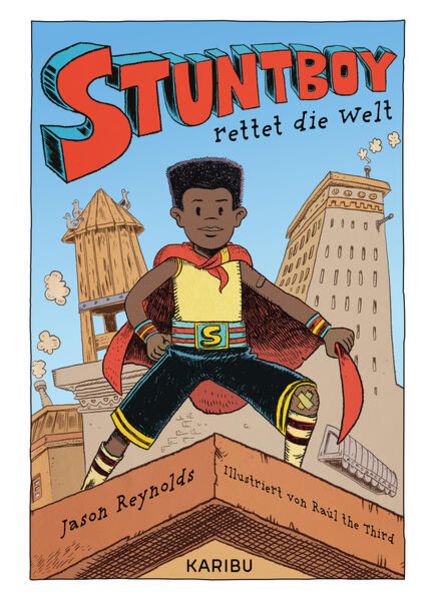 Coming Wednesday, ComFor-member Daniel Stein is organizing and chairing an online reading with U.S. children’s and young adult fiction author Jason Reynolds.
Coming Wednesday, ComFor-member Daniel Stein is organizing and chairing an online reading with U.S. children’s and young adult fiction author Jason Reynolds.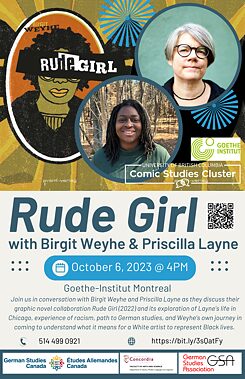 Next Friday, ComFor member
Next Friday, ComFor member 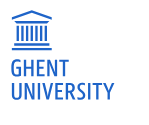 On September 18/19, 2023, the conference “Comics, the Children and Childishness”, will take place in presence at
On September 18/19, 2023, the conference “Comics, the Children and Childishness”, will take place in presence at 
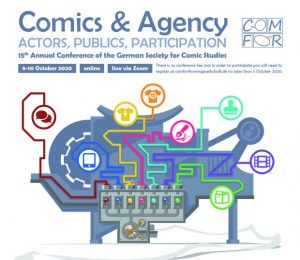
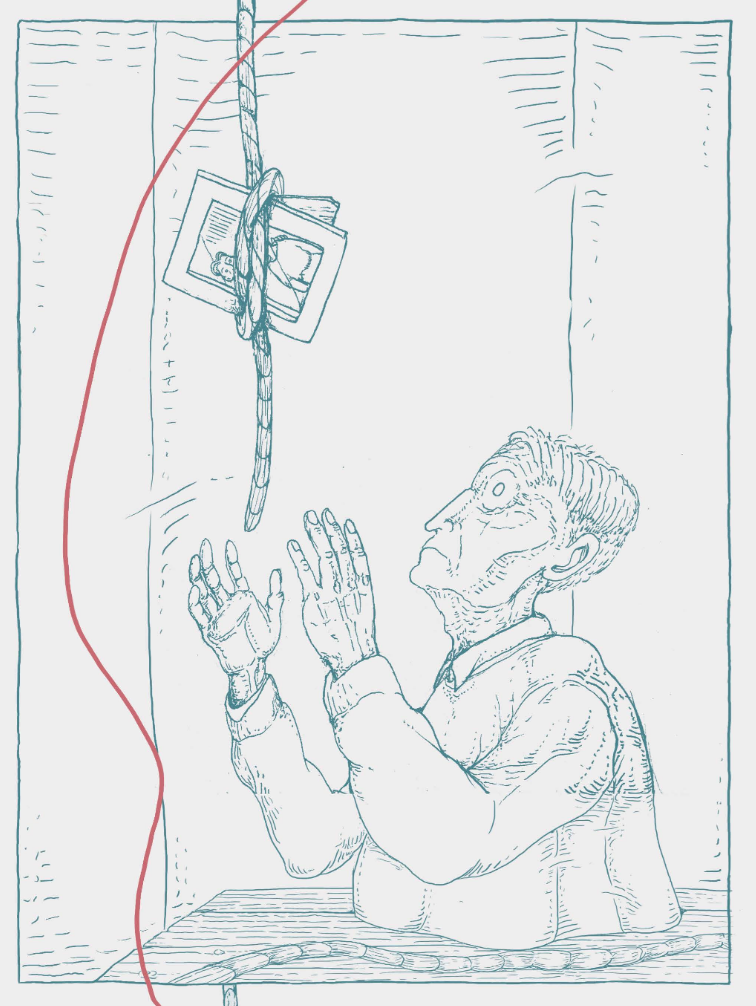
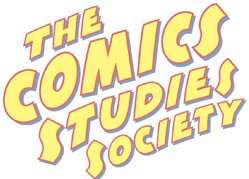

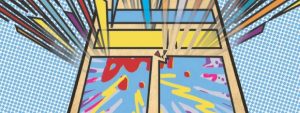 The first annual conference of the Comics Studies Society (CSS) will take place from 9 to 11 August 2018 under the motto “MIND THE GAPS! The Futures of the Field”. There will be a panel of the
The first annual conference of the Comics Studies Society (CSS) will take place from 9 to 11 August 2018 under the motto “MIND THE GAPS! The Futures of the Field”. There will be a panel of the